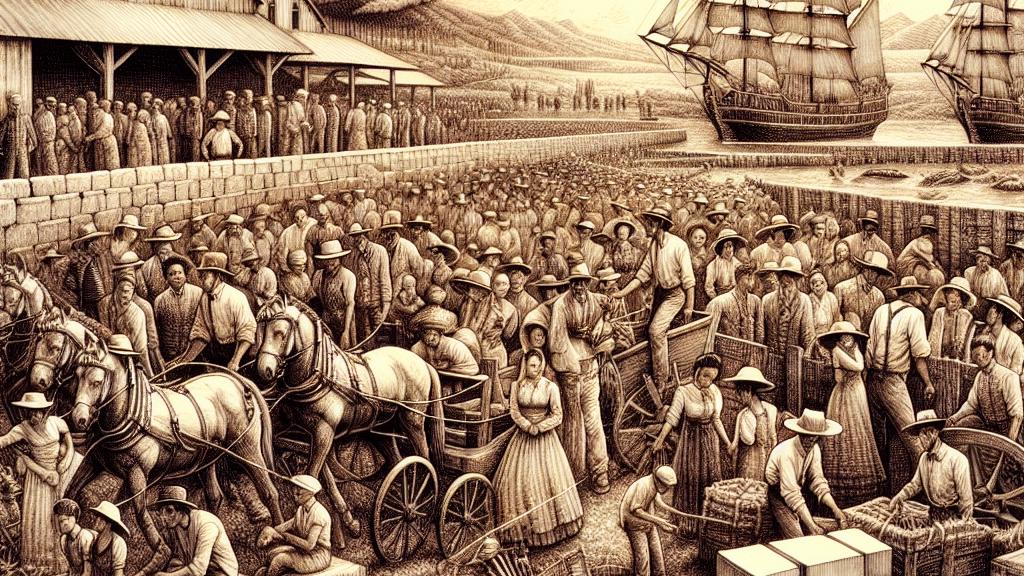Understanding Immigrant Assimilation in the United States
Overview
- Immigrant assimilation rates in the US exhibit a remarkable consistency that spans over a century.
- Children of immigrants are achieving substantial economic mobility, reminiscent of the experiences of their predecessors.
- Contemporary immigrants are integrating effectively into American society, despite facing political challenges.

Historical Context of Immigration
Often touted as a 'land of opportunity,' the United States has long attracted individuals from around the world, and currently, nearly one in seven people living here was born in another country. This striking statistic is reminiscent of the late 19th and early 20th centuries, when waves of immigrants, primarily from Europe, sought refuge and prosperity. Today, people are arriving from diverse regions, including Asia and Latin America, broadening the American landscape. Yet, a narrative persists that today’s immigrants assimilate less effectively than those from previous eras. To dismantle this myth, extensive studies reveal that assimilation trends—including cultural and economic integration—have largely remained stable. For instance, even in an evolving demographic landscape, immigrant families continue to weave their stories into the American fabric, enriching it with diverse traditions and ideas.
Children of Immigrants and Economic Mobility
What’s even more remarkable is the success of children of immigrants. A multitude of research highlights a key finding: these children often overcome initial setbacks and achieve remarkable upward mobility. Consider the case of a first-generation immigrant family that starts with limited means but emphasizes education; studies show their children frequently excel academically, paving the way to middle-class status. Recent census data reveal that such children not only outpace their native peers in educational attainment but also enjoy higher incomes as adults. This narrative of resilience and ambition is a testament to the enduring American dream, where hard work continues to open doors and elevate lives, providing a glimmer of hope for future generations.
Current Challenges and Political Climate
In today's socio-political climate, the conversation around immigrant assimilation is often marked by division. While many Americans hold a positive view of immigrants, acknowledging their vital contributions to society, stark divides can be found across different political factions. For example, some narratives suggest that immigrants fail to integrate, overlooking the wealth of evidence showcasing their successful assimilation efforts. We must understand that enhancing our awareness of immigrant contributions enriches American culture and strengthens our economy. Policymakers are urged to adopt data-driven approaches that promote the mutual benefits of immigration. By fostering an inclusive atmosphere, we can ensure that immigrants are not only recognized but celebrated as vital contributors to the nation’s growth—an essential step toward a united and thriving society.

Loading...